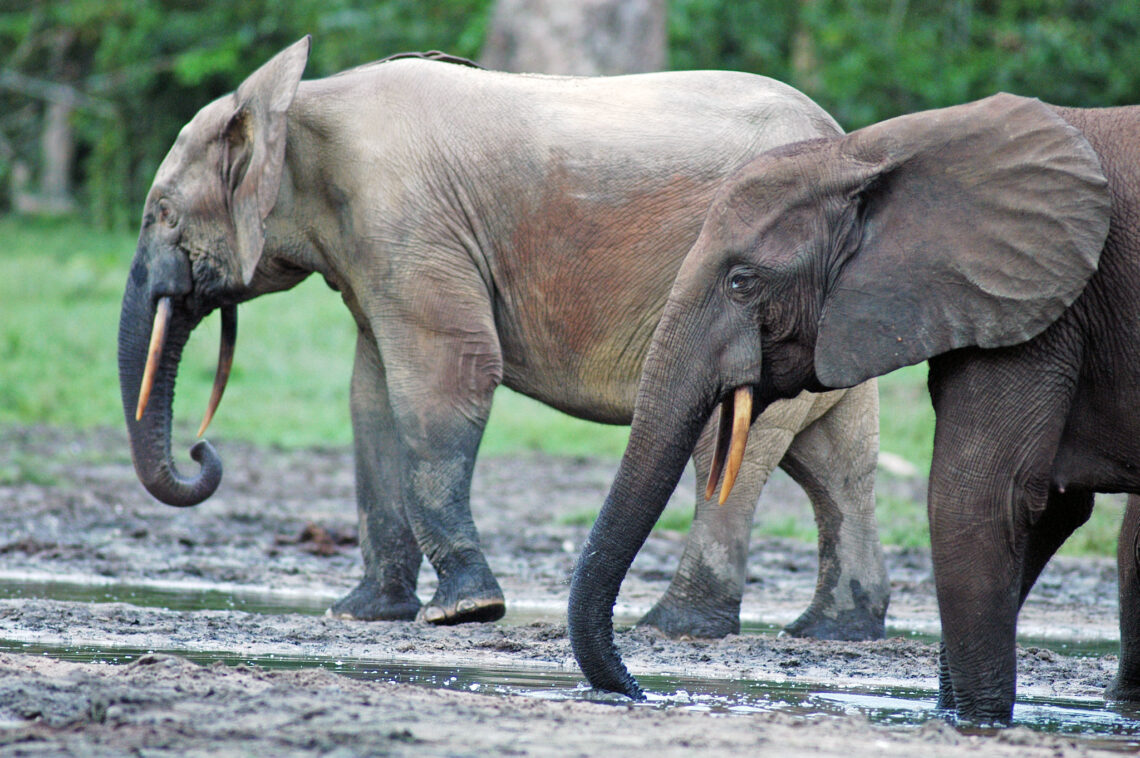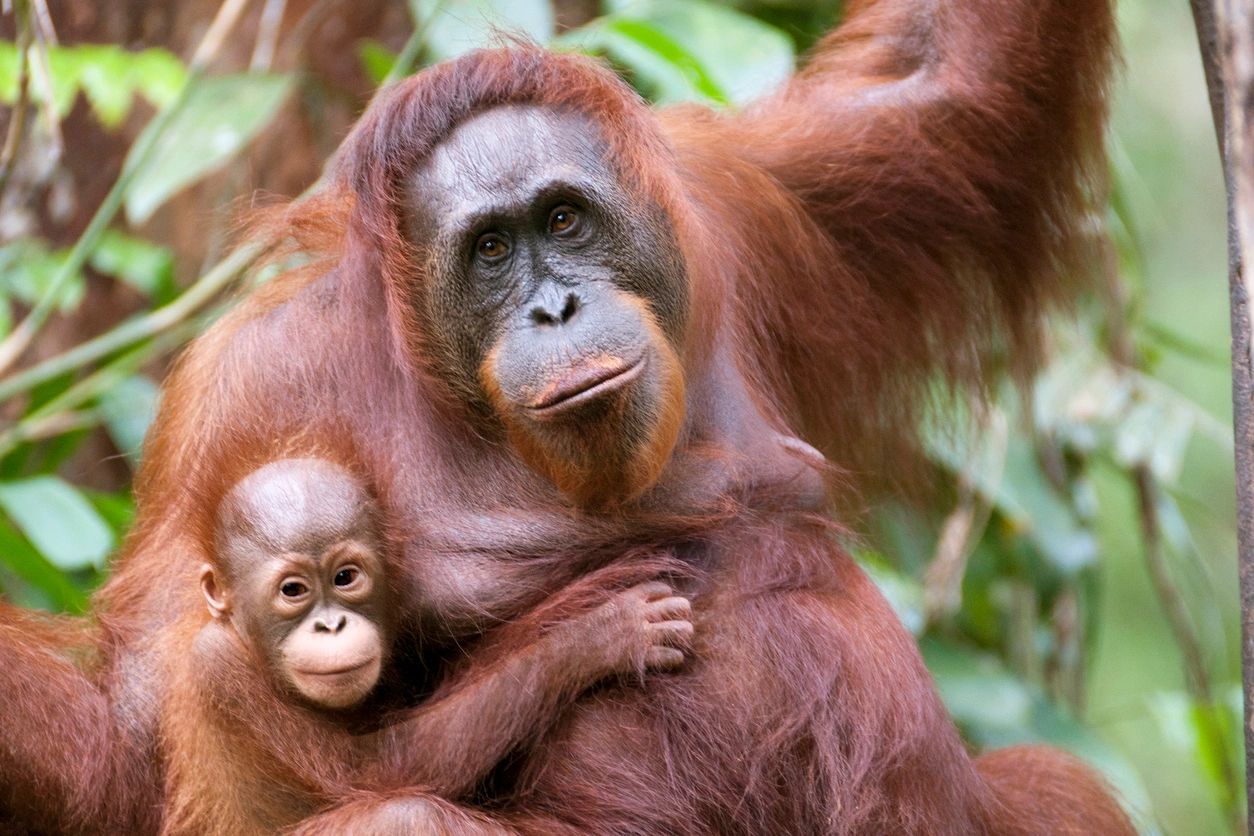
Vanishing Giants: Can We Save Africa’s Forest Elephants?
By Holly Shaftel, contributing writer
Deep in the dense rainforests of Central and West Africa, a quiet giant roams — smaller than its savanna cousin, but just as vital to its ecosystem. The African forest elephant, a master gardener of the jungle, spreads seeds and shapes the land with every step. Yet, despite its importance, this elusive creature is critically endangered, facing threats from poaching and habitat loss.
Tracking these secretive creatures isn’t easy. Unlike other animals with special markings that make them easy to recognize, forest elephants are great at staying out of sight. Instead of relying on direct sightings, scientists turn to an unusual method — counting poop.
These plant-eating animals consume up to 660 pounds (300 kg) of food each day, and as they digest, they spread seeds in their waste, naturally replanting the forest. By studying where and how often elephant droppings appear, researchers can estimate their population and monitor their movements. It’s not the most glamorous job, but it’s a vital one for protecting these gentle giants before it’s too late.
Poaching and Habitat Loss
The World Wildlife Fund puts it bluntly: “Behind every piece of ivory—whether it be a full tusk or carved trinket—is a dead elephant.” Every year, around 20,000 elephants, including African forest elephants, are killed by poachers for their meat and ivory. Their long, pointed tusks are carved into trinkets, jewelry, and ornaments sold illegally, mostly in Asian markets — despite international bans.
But poaching isn’t their only threat. The forests they call home are disappearing as humans clear land for farms, mines, and roads. With fewer places to live and less food to eat, elephants move closer to human settlements. Desperate for survival, they raid crops and damage villages, leading some local guards to shoot them on sight.
The impact has been devastating. The International Union for Conservation of Nature (IUCN) reports that African forest elephant populations have dropped by more than 86% in just over 30 years. They officially labeled these amazing animals as critically endangered in 2021. Today, only about 150,000 remain in the wild. Without urgent action, these creatures could vanish forever.
What’s Being Done, and What You Can Do
One of my favorite movie quotes comes from The Lord of the Rings, when Aragorn says, “There is always hope.” So, let’s end on a high note!
While the African forest elephant is on the brink of extinction, there’s still good news. The International Union for Conservation of Nature (IUCN) reports that efforts like anti-poaching patrols, protective laws, and education programs are making a difference. Thanks to these actions, populations have stabilized in Gabon and the Republic of the Congo.
Still, recovery takes time. According to Encyclopedia Britannica, forest elephants have the longest pregnancy of any mammal — nearly two years — and usually give birth to just one calf at a time. This means rebuilding their numbers won’t happen overnight.
Want to help? Here’s what you can do to help this critically endangered species:





We’re not powerless, and every action counts. By standing up for these majestic creatures, we can help ensure their future in the wild!
Looking for more fun? Check out our African Forest Elephant Coloring Page here!
Main photo: A photo of two African forest elephants in their natural habitat. Credit: GRID-Arendal/Flicker





